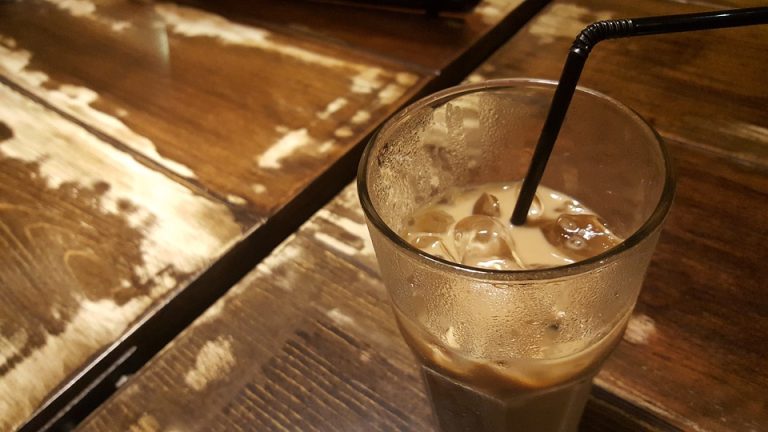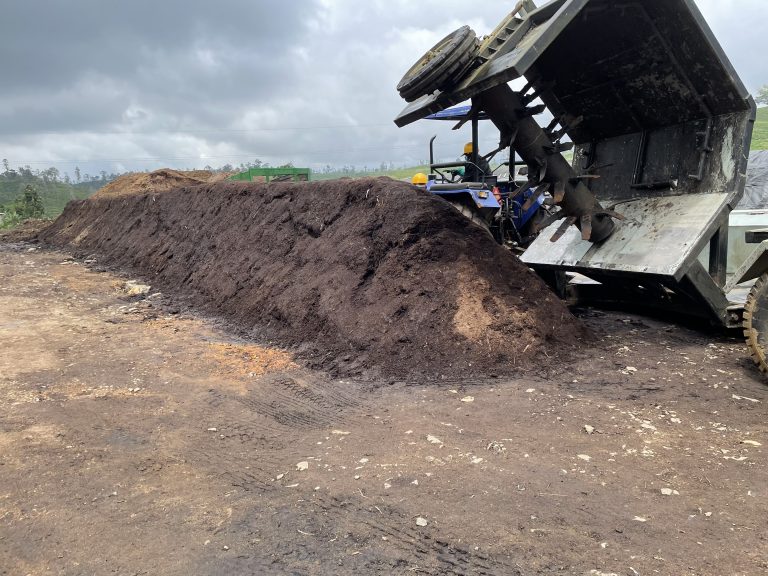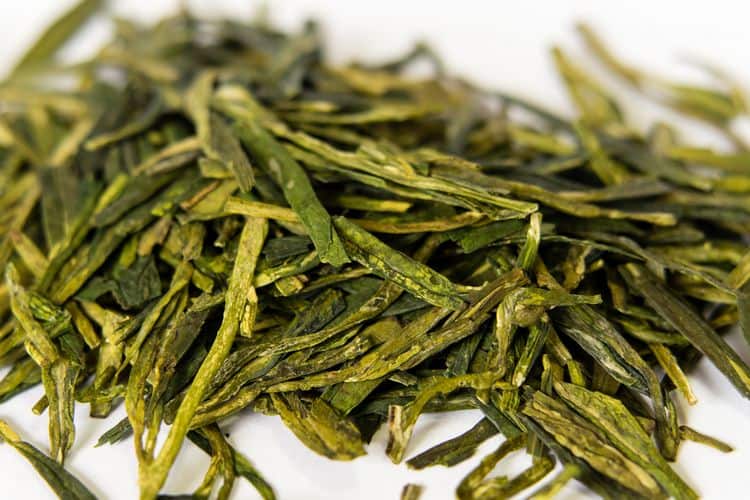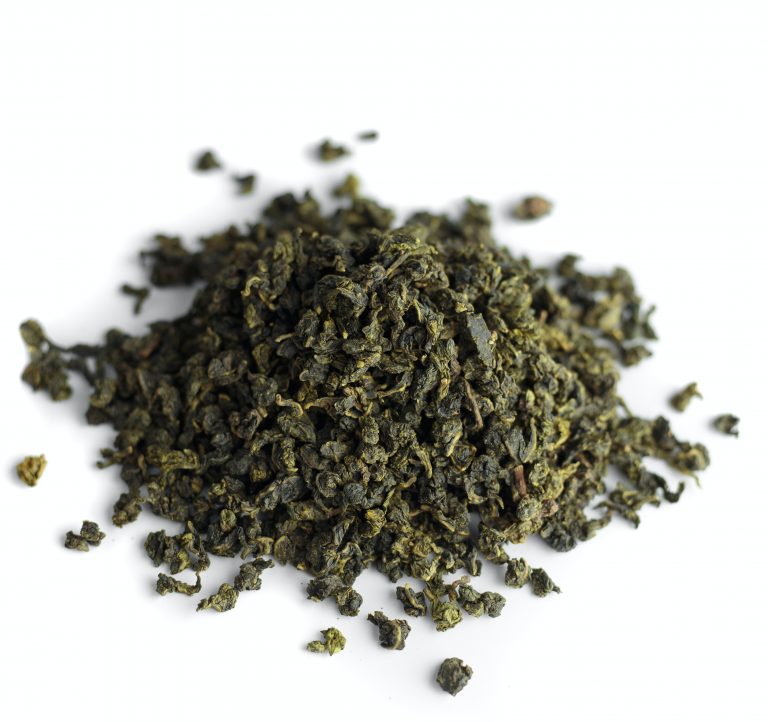Tea Pests
Introduction to Tea Pest
Any tea-growing area has its own distinctive pests and diseases though several of them may need to be recorded from quite one region. The amount of pests and diseases related to tea plants in a neighborhood depends on the length of your time that it’s cultivated therein area. Quite one thousand species of arthropod pests and nearly 400 pathogens are known to attack tea everywhere on the planet, though only about 300 species of insects and mites and 58 pathogenic fungi are recorded from tea. Crop loss thanks to pests and diseases varies between 15 and 20%. The magnitude of the losses is sure to be higher today insight of the increased production and productivity besides the variations in climate.
Insect pests are classified according to the way of feeding on the tea plant. They can be grouped into sucking and chewing pests.
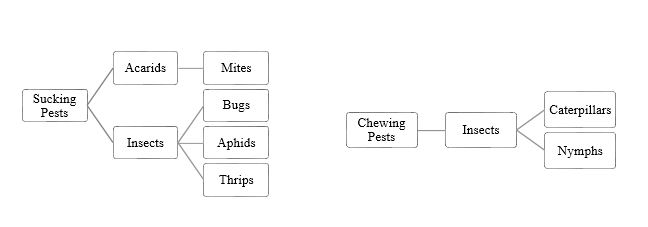
These insect pests can be categorized as follows:
- Leaf and shoot feeders such as mosquito bug, thrips, aphids, scale insects, caterpillars, weevils,
- Stem and branch pests such as carpenter moth,
- Soil pests such as termites, cutworms, weevils, crickets and
- Seed pests such as false coding moth
TERMITES
‘Termites’ is a synonym for ‘white ants’. All tea termites basically have a body structure similar to those commonly known as ‘white ants’.
Those who feed on live wood are seldom detected until the stem has been completely hollowed out. At first, the injury is limited to the heart-wood of the tea bush while the sapwood remains intact. The main bush remains unaffected and continues to flush well. However, the main stems will be reduced to a shell, if the pest remains undetected and eventually the bush dies.
There are three types of termites that cause direct injury to tea in Sri Lanka. These are the Up-country
- Live-wood termite (Postelectrotermes militaris),
- Low-Country Live-wood termite (Glyptotermes dilatatus) & Neotermes greeni.
The second type of white ants makes their nests below ground and act as wood scavengers. These are found in medium and low elevations in old logs and stumps or on cankered branches of the tea bush. The termites cover them with a protective coating of earth.
Up-Country Live-Wood Termite
Zoological Name: Postelectrotermes militaris
Tea is the preferred host, the alternate hosts include Albizzia falcula, Dadap (Erythrina Lithosperma), Acacia decurrens, Casuarina spp., Cedrela Toona, Crotalaria Anagyroides, Eucalyptus spp., Grevillea robusta, and Tephrosia Vogelii.
Life cycle
A colony of this insect consists of about 3,000 to 5,000 individuals comprising of eggs, young nymphal stages, workers, soldiers, primary and supplementary reproduction forms. The winged reproductive forms are very rarely found. The eggs are minute, whitish and kidney-shaped. The development of the young nymphs that hatch from these eggs to one of the castes depends on the need of the colony and the state of the bush.
Low-Country Live-Wood Termite
Zoological Name: Glyptotermes dilatatus
Of the two Live-wood termites attacking tea at low elevations, Glyptotermes dilatatus is the predominant one and, therefore, the more important low-country termite.
The colony foundation of G. dilatatus occurs by the dispersion of winged reproductive (alatae) from the parent colony. Survival of alatae after swarming is extremely small as many are destroyed by predators (predatory insects, amphibious birds, and insectivorous mammals).
Swarming is dependent on weather factors including temperature and humidity. As swarming occurs simultaneously in most colonies, there is ample opportunity for the mixing of alates of both sexes from different nests. Behavior after ‘pairing off’ involves wing shedding and searching for a nest site. Rotted wood resulting from pruning, sun-scorch damage, fungus damage, cankers, and shot-hole borer damage is usually used by ‘royal-pairs’ to obtain a foothold in the bushes. Thus, die-back and wood-rot predispose tea bushes to live-wood termite attack. As termites are weak flyers, incapable of flying long distances, and because the numbers of alatae are rather low, new attacks by these termites, particularly in VP tea, are associated with the existence of termites in neighboring old VP clearings
Neotermes greeni

This particular termite is almost always found occurring concurrently with G. dilatatus in low-country tea districts. Unlike in the case of G. dilatatus the attack on tea is usually confined to either a few isolated bushes or small groups. It has a wide distribution on estates up to 1000 m and occurs very occasionally at higher elevations
Scavenging Termites
Coptotermes ceylonicus
This termite nests in the soil or in old tree roots well below ground level. It is not a mound-building termite. It is generally a Low-country termite working below an altitude of 900 m but has occasionally been found at elevations up to 1400 m. When disturbed, the soldier characteristically ejects a milky-white fluid from a gland in the head. Occasionally it causes direct injury to living healthy tea bushes rather severely, eating away healthy roots and branches.
Hospitalitermes monoceros
Commonly known as the Black termite of Sri Lanka, endemic to Sri Lanka, it makes carton nests in the hollow of tree trunks or, sometimes, attached to branches. They have the unusual habit of foraging over open ground, unprotected by earthen galleries, particularly at night.
Hospitalitermes Monoceros lives in arboreal nests and forages in leaf litter devoid of soil cover. There was no significant difference in the weather parameters between the two habitat sites except for the difference in shade. Except for Hospitalitermes monoceros, termite activities in both habitats were correlated with weather factors. they show all peripheral activities few days after a rain when the environment is humid and has low light intensity. Hospitalitermes monoceros shows all the peripheral activities.
Odontotermes ceylonicus
This too forms its nest in the soil and in deadwood without building mounds and is endemic to Sri Lanka. O. ceylonicus is often found in company with other ground inhabiting termites. In addition to being a scavenger it also attacks buildings.
Odontotermes horni
This is a subterranean termite. It attacks fallen wood as well as the bark of living trees but does not, as a rule, damage living tissue. On the wood or tree, it makes earthen sheet-like covers under which it feeds. In Sri Lanka, it attacks tea, and in Vietnam the rubber tree. Although O. horni is predominantly a scavenging termite, it has been noted on several occasions attacking the tender roots of young plants in nurseries and new clearings for moisture needs during conditions of water stress.
Tea Tortrix
Zoological Name: Homona coffearia
Tea tortrix is an indigenous pest in Sri Lanka, first described by Nietner as a pest on coffee and later notice by Green as a serious pest on tea. Tortrix was a serious pest of tea until the late 1930s, more particularly in all upcountry districts in the southwest monsoon zone, although it occurred to some extent in all districts
Life Cycle
Caterpillars make leaf nests by webbing the leaves, one above the other, using silken threads, and feed on the inside. The adult moth is brown-colored, bell-shaped. Eggs are laid in masses, Incubation period 6-8 days. Larvae are greenish in color and about 2 cm long. The larval period lasts for 20-30 days. the pupal period ranges from 9-15 days
Nettle Grubs
Zoological Name: Macroplectra nararia Moore

Nettle Grubs are larvae of moths of the family Limacodiidae. Both the structure of the larvae and the form of the cocoons are unusual for Lepidoptera and derive their name ‘Nettle grubs’ due to the presence of stinging (urticating) spines on the body. Amongst the species of Nettle grub recorded in tea by far the commonest species causing severe damage is the Fringed Nettle Grub which exhibits sudden, remarkably localized population explosions which can be devastating if uncontrolled.
Life cycle
Feeds the maintenance foliage. Grubs green in color with three pale blue longitudinal stripes. Full-grown grubs measure 3-4 cm long. Eggs are flattened, laid in clusters of 10-30. Single female lays more than 500 eggs and hatch in 6-8 days.
White Grubs
Zoological Name: Holotrichia disparilis
These are larvae of various scarabaeid beetle. They are whitish or cream-colored, with the body curved in the form of the letter ‘C’ and when mature are about 7.5 cm in length. Most of the species found in tea soils feed on dead organic matter.
Life Cycle
Larvae eat away the roots of young plants. At times they gnaw the bark of stems near the ground causing a ring barking effect. Adults are brownish in color. Eggs are deposited in the soil. Incubation period 12-18 days. Larval period is 8- 10 months. Pupal period lasts for 3 months.
Holotrichia disparilis
The most important species of white grub which cause damage to young tea plants, as a direct result of its feeding on living plant roots, is Holotrichia disparilis. They often chew the roots off completely leaving a callused stump from which the young plant attempts to put out new roots. Feeding on the bark just above the roots often cause ‘Ring-barking’ (Plate 16.10). Ring-barking could also result due to collar rot for reasons other than white grub damage, the commonest being due to deep planting and mechanical damage.
Microtrichia costata
This species of white grubs generally attack plants that are predisposed to collar rot, feeding on moribund and dead bark. It may also attack shade trees such as Acacia decurrens.
Red Slug
Zoological Name: Eterusia aedeacingala Moore
The larva of this moth is bright red in color and slug. They resemble Nettle grubs but lack stinging hairs.
Life cycle

Slugs, each individual is both male and female and is able to lay spherical translucent white eggs about 2-3mm across. Eggs are laid in batches of 10 – 50 and can often be found in the soil, in compost heaps, and in other dark, damp places. Up to about 500 eggs per slug may be laid in a season. They hatch into tiny versions of the adults in 3 weeks to 5 months depending on the time of year. Slugs and snails can live for up to four years but the lifespan is usually less.
Lobster Caterpillar
Zoological Name: Stauropus alternus Walker
The young stage of this moth is referred to as a lobster caterpillar due to the grotesque shape of the larvae. Their coloration varies considerably and it is not unusual to find forms ranging from dark brown to greyish-black tinged with green.
Life cycle
Eggs are whitish, finely sculptured, and laid in small clusters. The incubation period is 5-10 days. The black caterpillars are grotesquely shaped and resemble dry leaves. The larval period is 3-4 weeks. Pupated inside a wooly cocoon. Adults emerge after 10-14 days.
Red Borer
Zoological Name: Zeuzera coffeae Nietner
The larva of this moth is a wood borer and is bright red in color. These hatch from the eggs laid in crevices of tea stems and bore into smaller shoots creating a tunnel in the pith and inner wood. As the larvae grow they tunnel is extended and openings are made at intervals for ventilation of the tunnel and for ejecting the frass pellets.
Piercing & Sucking Pests in Tea
The Mosquito Bug
Zoological Name: Helopeltis schoutedeni Reut
This is a slender bug up to 10 mm in length and belongs to the order Hemiptera. The females are crimson-red and the males orange or yellow though the head, antennae and thorax are black. They have a thin projection, about 2 mm long, growing out from the back of the thorax, rather like a wireless aerial.
Life cycle
The life cycle from egg to adult is completed in 5-11 weeks, depending on the season. Eggs are laid on the tissue of tender stem, mid-rib, and petiole of leaves. It breeds all year round. However, their number fluctuates during the year. Overcast skies, high rainfall, and low temperatures are very favorable for the development and survival of the pest whereas dry hot weather affects it adversely. Nymphs (instars) and adults feed on the tea bush during early morning hours, late afternoon, and at night. They hide in the lower foliage during the day.
Tea Thrips
Zoological Name: Scirtothrips bispinosus
Prefers young leaves and buds. Continuous feeding causes lacerations which appear as streaks. Adults characterized by their brown abdomen, Incubation period is 6-8 days.
Life Cycle
Egg hatch into larva, two larval instars, creamy white in color, prominent eyes. prepupa and pupae are found in the leaf litter and soil. Adults emerge from the pupae after 3-5 days. Weak fliers, dispersal, and migration are helped by the wind. build upstarts by Nov/Dec. reaches a peak in Feb/March or April/May.
Looper Caterpillar
Zoological Name: Buzura strigaria Moore
Young caterpillars feed on young leaves and mature larvae prefer older leaves. They made series of small holes along and a little away from the margin. n severe cases of attack, tea bushes completely denuded. Female deposits up to 200 eggs in batches on the tree trunks. Incubation period 7-10 days. On emergence, caterpillars suspend by silken threads and get dispersed by wind. Larvae dark brown with pale greenish-white lines on the back and side. On the leaves, they move like leeches. After 4-5 weeks, they pupated in the soil for a period of 3-4 weeks. Pupa brownish, 2-2.5 cm long, life cycle completed in 8-10 weeks.
Biting & Chewing Pests in Tea
The Carpenter Moth
Zoological Name: Teragra quadrangula
This insect belongs to the order Lepidoptera that includes moths and butterflies. The adult carpenter moth has two pairs of wings that are covered with scales and a sucking proboscis. It is nocturnal and therefore rarely seen. The moth itself does little or no damage, as it feeds on nectar from flowers and other liquid foods. Its larva, a caterpillar, however, has biting and chewing mouthparts with which it feeds on the bark of tea stems and branches. Life cycle Eggs are laid individually in cracks on the bark or on old pruning litter on the ground and hatch in fifteen to twenty days. The presence of the hatched caterpillar becomes noticeable by a web which each caterpillar spins over the area it inhabits.
If need read Shot Hole Borer -Tea



